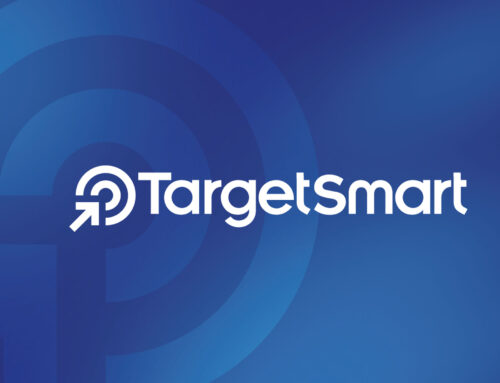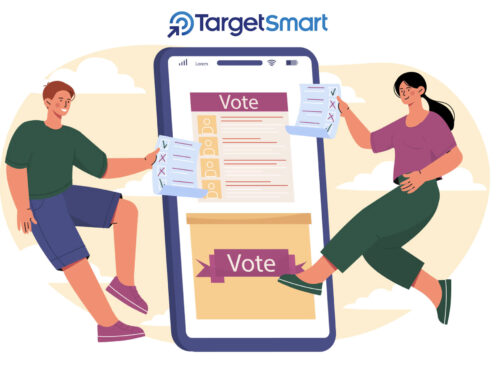The upcoming presidential election will be very competitive and is likely to be determined by just thousands of votes across the battleground states. As such, the Biden and Trump campaigns are doubling down on efforts to win any votes that are up for grabs. One such pivotal segment of the U.S. electorate are double negative voters (also known as double haters or dual haters).
Double negative voters are voters who strongly dislike both President Joe Biden and Donald Trump. While some may cast a ballot for a third party candidate in the upcoming general election, others may decide to stay home on Election Day altogether, and others still could of course end up being persuaded by either side.
These double negative voters aren’t new to the American electorate. They have played a role in each of the last five Presidential elections, and exit polling suggests they may have tipped the scales in Donald Trump’s favor in 2016. Notably, both public and private polling has shown the number of double negative voters is uniquely high in this election cycle. In all likelihood, they are now a decisive segment of the electorate – one that neither party can afford to ignore.
Until now, modern tools have failed to make this group of voters visible or reachable for campaign practitioners, which is why we worked with our partners at PSG Consulting and Innovating for the Public Good on an ambitious research and analytics project to develop first-of-their-kind microtargeting models that create widely-available mechanisms for efficiently and effectively communicating with them.
Breakdown of Double Negative Voters
In a recent multi-modal survey of nearly 5,500 respondents TargetSmart conducted across the top battleground and key Senate states, we found that 1 in 5 respondents hold an unfavorable view of both President Biden and former President Trump. A full 14% of respondents said they prefer a third party candidate, with RFK Jr. leading that group. Amongst those double negative respondents, when asked who they would vote for in 2024, 26% said Biden, 22% said Trump, and 19% said RFK Jr. Furthermore, 6% said they would not vote at all and 9% remain undecided. Double negative voters tend to overlap with the new American majority of voters under the age of 35, particularly younger women, younger voters of color, and younger unmarried women.
Double Negative Voters: Dissatisfied and Discouraged
Our survey also set out to understand the motivating factors amongst these voters:
- 36% of Double Negatives believe neither party represents the interests of people like them, compared to just 16% of voters overall who feel the same way
- 17% of Double Negatives believe that who the president is and which party controls Congress makes no difference at all in their own personal lives, compared to just 8% of voters overall who feel the same way
This sizable group of voters can determine election outcomes and for the first time, they can be identified and targeted with this new modeling. This new tool will help campaigns and organizations be more strategic in order to meet the unique challenges that the 2024 elections present, allowing practitioners to canvass, call, mail, and serve digital ads directly to these voters, persuading as many of them as possible to cast a ballot for President Biden in November.
This unique model allows practitioners and campaigns to develop specific approaches and messages to a subset of voters that will have a decisive impact. And it will be made available to the Democratic and progressive community on the TargetSmart voter file at no additional cost to users of our data. The model will also be made available for crafting digital audiences in TargetSmart’s new media buying platform. If your organization uses TargetSmart data and is interested in using this model, please contact support@targetsmart.com for more information about its release. And if your organization doesn’t use TargetSmart data and is interested, please contact sales@targetsmart.com.



